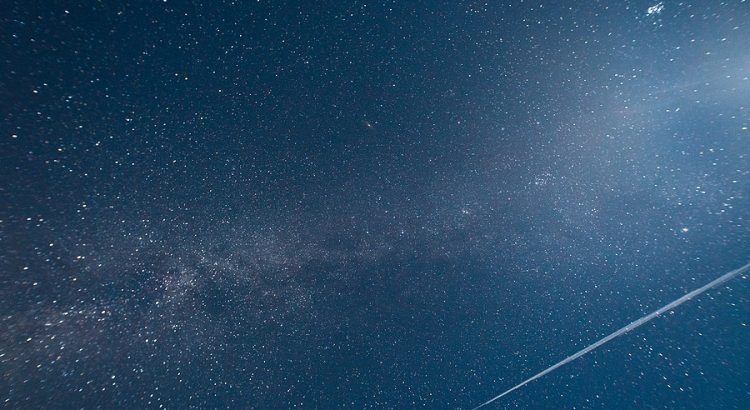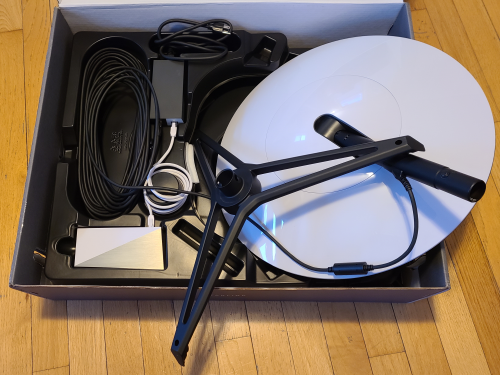Starlink just announced Starlink Premium. The new service will deliver faster speeds and use a different dish than the standard Starlink service. Starlink says the premium service may deliver download speeds between 150 and 500Mbps (roughly double the typical speeds with Starlink’s conventional service). Improvements in latency are not expected.
While the standard Starlink service requires a $500 upfront payment for a dish and $100 per month for service, the new dish costs $2500 and service costs $500 per month. Starlink Premium is available for pre-order now with a $500 deposit.
Timelines & Multiple-Dish Accounts
Here’s what Starlink says on its main webpage about Starlink Premium:
There’s a long waitlist for Starlink’s conventional service. The opportunity to skip that waitlist may be a big selling point for potential Premium subscribers.
In an FAQ entry, Starlink mentions that the subscribers with the Premium service may manage several Starlinks from a centralized account:














